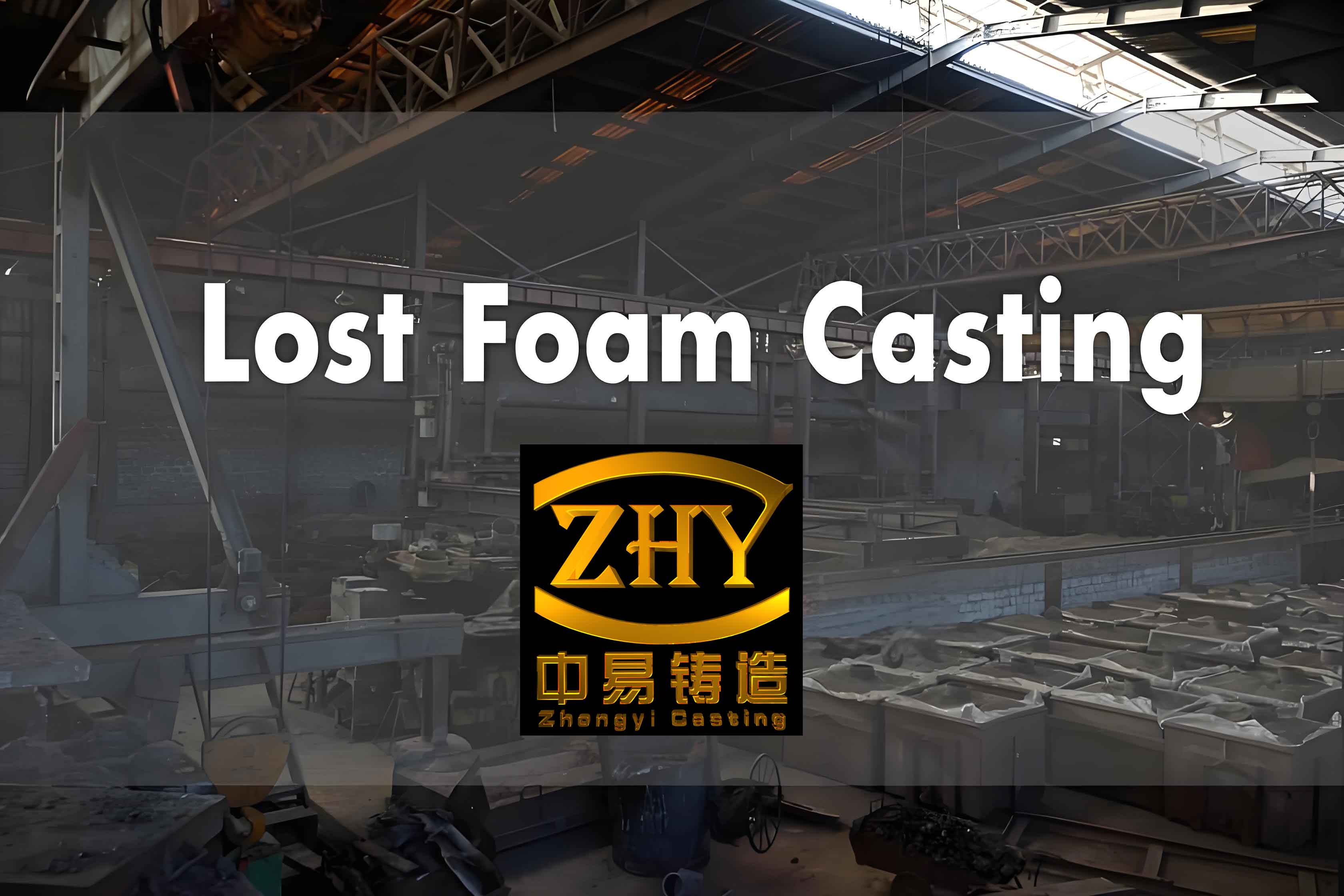
Lost foam casting has become a cornerstone in the manufacturing industry due to its ability to produce complex, high-precision metal parts with minimal finishing. A critical aspect of enhancing the performance of this process is the selection of materials used in the foam patterns and coatings. This article explores the latest advances in material selection for high-performance lost foam casting applications, highlighting their impact on casting quality, efficiency, and environmental sustainability.
Introduction to Lost Foam Casting
Lost foam casting is a method where a foam pattern, typically made of expandable polystyrene (EPS), is coated with a refractory material and embedded in a sand mold. Upon pouring molten metal into the mold, the foam pattern evaporates, leaving a precise metal casting. This process is favored for its ability to produce intricate geometries and reduce the need for secondary machining.
Key Advances in Material Selection
Recent advancements in material selection for lost foam casting focus on enhancing pattern integrity, improving coating performance, and reducing environmental impact. The following sections detail these innovations:
- Advanced Foam Materials
- High-Density EPS: Offers better detail retention and higher dimensional stability.
- Biodegradable Foams: Developed to reduce environmental footprint, these foams decompose without leaving harmful residues.
- Innovative Coating Materials
- Nanocoatings: Ultra-thin coatings that improve mold stability, reduce surface roughness, and enhance detail replication.
- Ceramic Coatings: Provide superior thermal resistance and smooth surfaces, ideal for high-temperature applications.
- Composite Materials
- Hybrid Foams: Combine EPS with other materials such as polyurethane to enhance mechanical properties and thermal stability.
- Reinforced Coatings: Incorporate fibers or particulates to increase coating strength and reduce cracking.
Benefits of Advanced Materials
The use of advanced materials in lost foam casting offers several significant benefits, including:
- Enhanced Precision: Improved material properties lead to higher accuracy and finer detail in cast parts.
- Reduced Defects: Better coatings and foam stability minimize common casting defects such as porosity and surface irregularities.
- Environmental Sustainability: Biodegradable and low-toxicity materials reduce the environmental impact of the casting process.
Comparative Analysis of Material Performance
To illustrate the performance improvements, consider the following comparative analysis of traditional versus advanced materials in lost foam casting:
| Material Type | Traditional EPS | High-Density EPS | Biodegradable Foam | Nanocoating | Ceramic Coating |
|---|---|---|---|---|---|
| Detail Retention | Moderate | High | Moderate | High | Very High |
| Dimensional Stability | Moderate | High | Moderate | High | Very High |
| Environmental Impact | High | High | Low | Moderate | Low |
| Thermal Resistance | Low | Moderate | Low | Moderate | High |
Case Studies
Case Study 1: Automotive Engine Blocks
An automotive manufacturer implemented high-density EPS and ceramic coatings for casting engine blocks. The results showed a 20% reduction in surface roughness and a 30% improvement in dimensional accuracy.
| Metric | Before Innovation | After Innovation |
|---|---|---|
| Surface Roughness | 10 µm | 8 µm |
| Dimensional Accuracy | ±0.5 mm | ±0.35 mm |
| Scrap Rate | 8% | 5% |
Case Study 2: Aerospace Turbine Blades
In the aerospace sector, a company utilized biodegradable foam and nanocoatings for casting turbine blades. This approach led to a significant decrease in defects and an improvement in the sustainability of the casting process.
| Metric | Before Innovation | After Innovation |
|---|---|---|
| Defect Rate | 6% | 3% |
| Production Efficiency | 85% | 90% |
| Environmental Impact | High | Low |
Future Directions
The future of material selection in lost foam casting is promising, with several potential advancements on the horizon:
- Smart Materials: Development of materials with built-in sensors to monitor and optimize the casting process in real-time.
- Recycled Materials: Increased use of recycled materials in foam patterns and coatings to further enhance environmental sustainability.
- Hybrid Techniques: Combining lost foam casting with other casting methods or additive manufacturing techniques for improved performance and versatility.
Conclusion
Advances in material selection for lost foam casting have significantly enhanced the process’s precision, efficiency, and sustainability. By adopting high-density EPS, biodegradable foams, nanocoatings, and ceramic coatings, manufacturers can achieve superior casting quality while reducing costs and environmental impact. As research and development continue, the integration of smart materials, recycled components, and hybrid techniques will further revolutionize high-performance lost foam casting applications.
